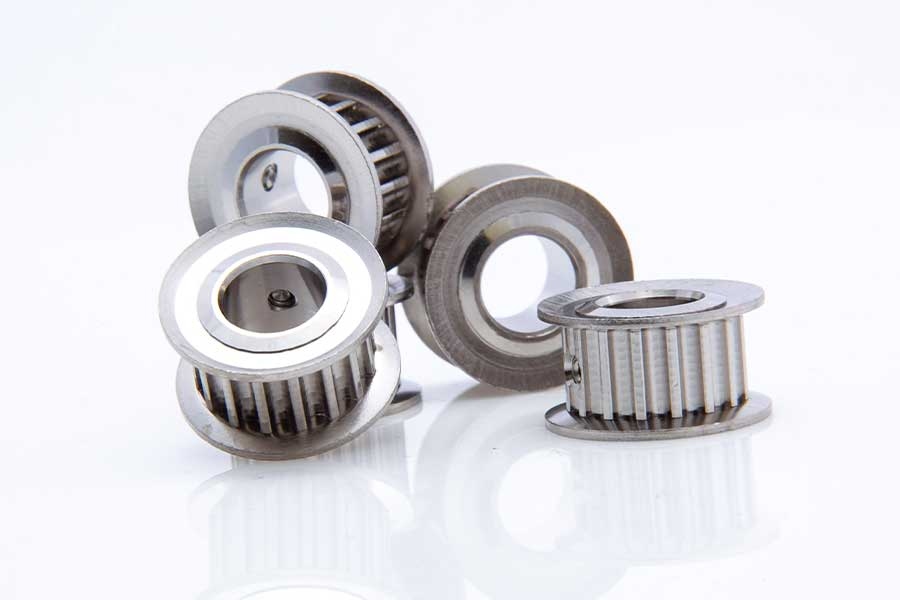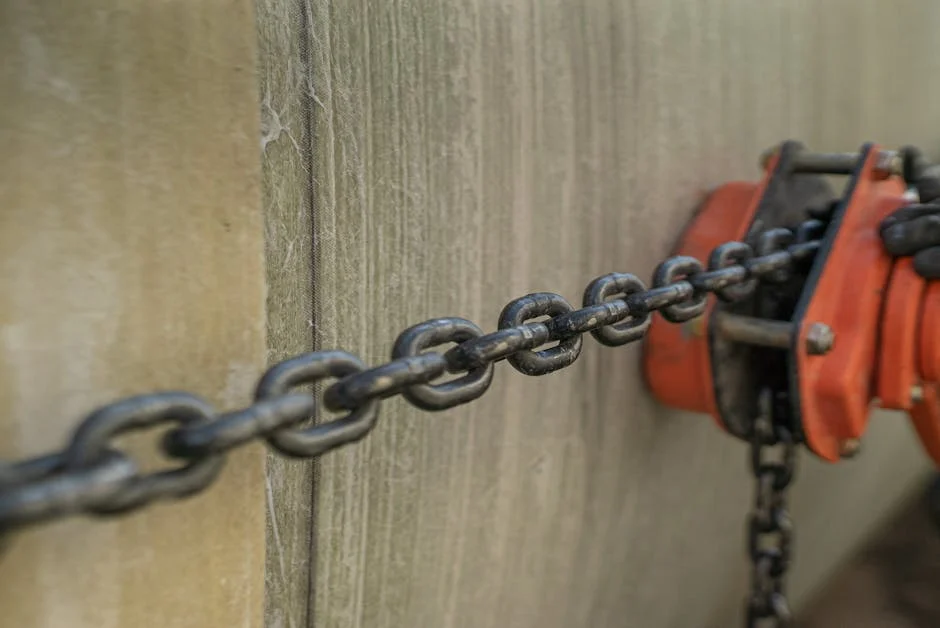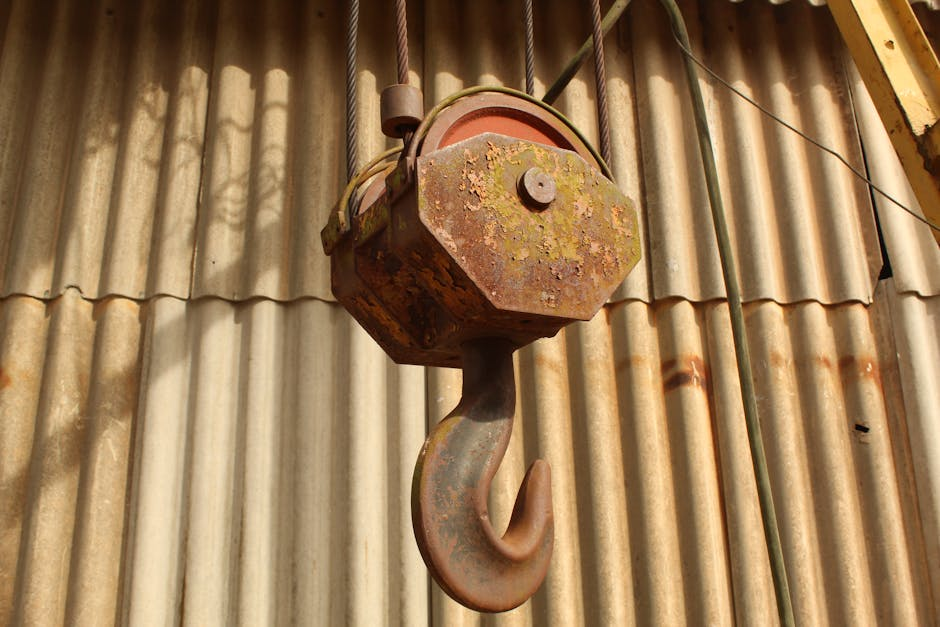Comments
- No comments found

In the quest to achieve precision and efficiency in power transmission, the selection of the right timing pulley is paramount.
This ultimate guide is crafted to demystify the process, providing you with essential insights and considerations that will empower you to make an informed decision tailored to your specific needs. Whether you're an engineer, a DIY enthusiast, or a professional in the industrial sector, understanding the nuances of timing pulley specifications, materials, and applications will propel your projects toward success with unmatched reliability and performance.

When off-the-shelf solutions simply don't meet the specific requirements of your project, custom pulleys emerge as the ideal solution. Ensuring precision and efficiency, even for the most unique and challenging applications, custom timing pulleys provide a tailored approach. Tailoring a pulley to your exact specifications not only ensures optimal performance but also significantly reduces wear and tear on the system. This bespoke approach allows for the incorporation of unique materials, precise dimensions, and specialized tooth profiles, catering to the most challenging and unique power transmission scenarios. Custom pulleys can be the key to unlocking efficiency and durability in applications where standard pulleys fall short.
When selecting a timing pulley, the material is a critical factor that directly influences its longevity, resilience, and suitability for the application. Aluminum, steel, and plastic are among the most commonly used materials, each offering distinct advantages. Aluminum pulleys are lightweight and resistant to corrosion, making them ideal for applications where weight is a concern. Steel pulleys, on the other hand, are known for their strength and durability, suitable for high-torque applications. Plastic pulleys offer a cost-effective solution and noise reduction properties but may not provide the same level of strength and temperature resistance as their metal counterparts.
The size of the pulley and the design of the tooth profile play significant roles in the synchronization and efficiency of power transmission systems. A properly sized pulley ensures effective engagement with the belt, minimizing slippage and optimizing the transmission of power. The tooth profile—whether it's T, AT, HTD, or others—must be compatible with the belt's design to ensure smooth operation and minimal wear. Choosing the right combination based on your machinery’s power, speed, and torque requirements is essential for achieving optimal performance.
Maintaining the correct tension in a timing belt system is crucial for performance and longevity. A pulley that allows for easy tension adjustment can prevent the belt from slipping or jumping, ensuring smooth and continuous operation. Adjustable pulleys or those designed to work with tensioning mechanisms can provide the flexibility needed to keep the system running efficiently over time. Understanding the tensioning requirements of your system will guide you in selecting a pulley that can maintain the correct belt tension throughout its operation.
The working environment of the pulley system can greatly affect the choice of pulley. High temperatures, the presence of chemicals, dust, and moisture can all impact pulley performance. Selecting materials and designs that can withstand these conditions is essential for maintaining system integrity and longevity. For example, stainless steel or coated pulleys may be necessary for corrosive environments, while pulleys with sealed bearings might be required in dusty or moist conditions.

Choosing the right timing pulley involves a comprehensive understanding of your system’s requirements, including the specific application, environmental conditions, material compatibility, pulley size, tooth profile, and tensioning needs. By considering these factors, you can select a pulley that ensures high efficiency, reliability, and longevity for your power transmission system. The ultimate goal is to achieve a balance between performance demands and cost-effectiveness, ensuring that your selection promotes overall system health and productivity. Whether you opt for a standard solution or a custom-tailored pulley, informed decision-making is key to a successful outcome.
Leave your comments
Post comment as a guest